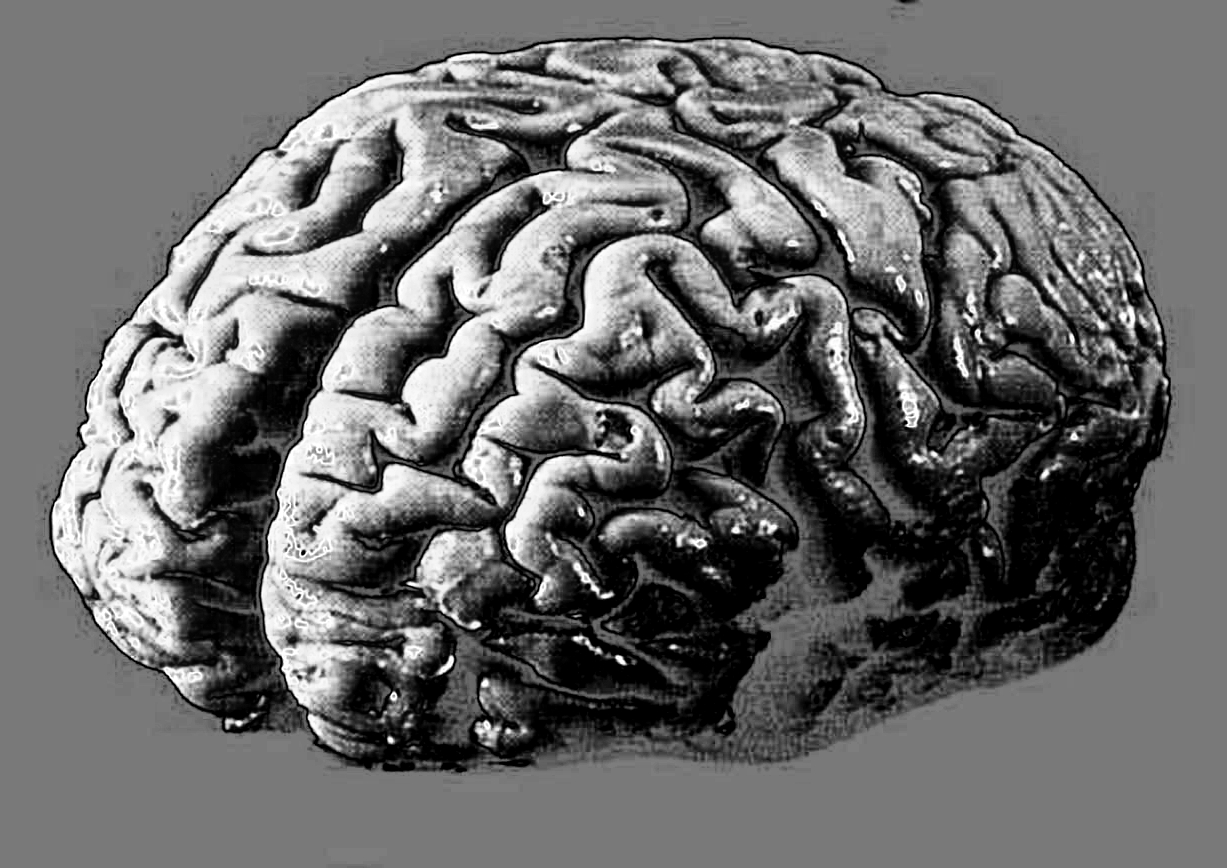Gene drives Alzheimer's aspect
 Australian researchers have discovered a gene that appears to drive one of the main aspects of Alzheimer’s disease.
Australian researchers have discovered a gene that appears to drive one of the main aspects of Alzheimer’s disease.
Alzheimer’s disease is the most common form of dementia and is characterised by the build-up of amyloid plaques in the brain.
Microglia, the immune sentinels of the brain, are not only responsible for eliminating foreign invaders, but also for clearing toxic waste such as the amyloid plaques.
However, the role of microglia in Alzheimer’s Disease and its relationship to amyloid plaque accumulation have been unclear.
But now, Monash University scientists have found the gene expression signatures underlying microglia associated with amyloid plaque phagocytosis – in which deposits of the amyloid beta (Aβ) protein in the brain are engulfed.
The discovery offers a new target for interventions that aim to address the underlying mechanisms of this incurable disease.
The study required looking at the differences between healthy brains and those of patients with Alzheimer’s disease at the single cell resolution,
“We sought to understand the molecular mechanisms and differences between microglia that were actively engulfing amyloid plaques in Alzheimer’s disease and those that weren’t,” says co-author of the study, Associate Professor Enrico Petretto.
They found that microglia began to look aged if they had not taken up amyloid. However, after microglia engulfed the amyloid plaques associated with Alzheimer’s disease, they developed a characteristic gene expression pattern, which appears to increase the ability of microglia to take up amyloid and other proteins.








 Print
Print